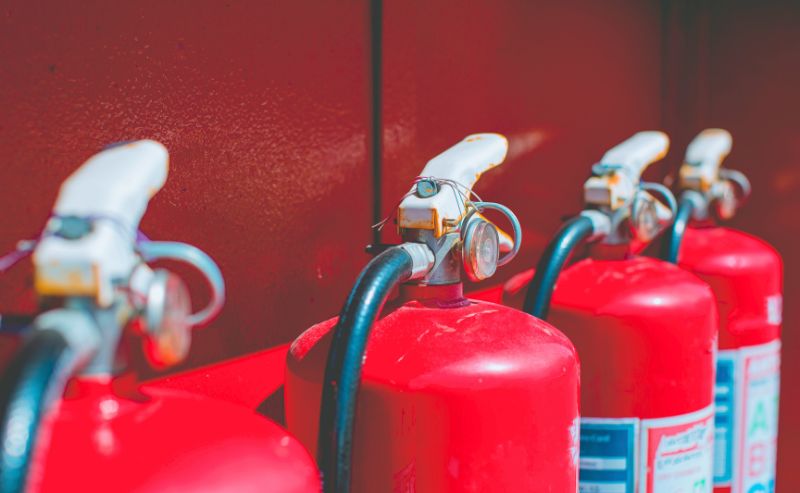Schools may be places filled with laughter and learning, but given recent events, they are also becoming ones where certain, oftentimes unimaginable events can occur. These can range from active shooter situations like those occurring at Marjory Stoneman Douglas High School in Parkland, Florida, and Sandy Hook Elementary in Newtown, Connecticut, to unprecedented natural disasters like the Oklahoma City tornado in 2013. As such, school administrators have a responsibility to prepare for a wide variety of circumstances that pose a danger to students and faculty, or disrupt normal operations.
The School Emergency Operations Plan (EOP)
A key part of that preparation is the development of a comprehensive and actionable emergency preparedness plan, or Emergency Operations Plan (EOP). EOPs provide information on how to respond to emergency incidents by outlining the responsibilities and duties of a school district, its schools, its employees, parents/guardians and students. They address and prioritize localized threats and hazards, along with the unique needs and capabilities of the school/school system, as well as support collaborative response and recovery community-wide.
While schools, primary and secondary, are not considered traditional response organizations, school personnel are precisely the ones who must take action if/when an actual emergency occurs. They must not only notify the authorities, safeguard students, and administer first aid, if necessary, but also try to protect themselves. And, they must do so in the midst of complete chaos, where a few seconds can literally mean the difference between life and death.
Per FEMA, “Lessons learned from school emergencies highlight the importance of preparing school officials and first responders to implement emergency operations plans. By having plans in place to keep students and staff safe, schools play a key role in taking preventative and protective measures to stop an emergency from occurring or reduce the impact of an incident.” In other words, having an EOP provides teachers, staff, students, parents and others with assurances that your district and school has established guidelines and procedures to respond to incidents/hazards in an effective way.
Don’t Wait for an Emergency
An emergency is no time to figure out that your school’s preparedness level is not where is should be. If you have an EOP, review/test it now, and make a point to do so year after year. If you don’t, identify a core planning team that includes administrators, educators, parents, local law enforcement, emergency medical services, among others, to develop one. Just bear in mind that the planning process is often difficult and time consuming, and may even require guidance from planning experts.
Whether yours is a small private school or a large school district, you can trust BOLDplanning to help make your educational institution ready for specific critical events, while creating an overall culture of preparedness.
Learn more by downloading, Primary and Secondary Education: Emergency Preparedness Plans for Schools, or emailing info@BOLDplanning.com now.
BOLDplanning has helped develop more than 10,000 public and private sector preparedness plans.






